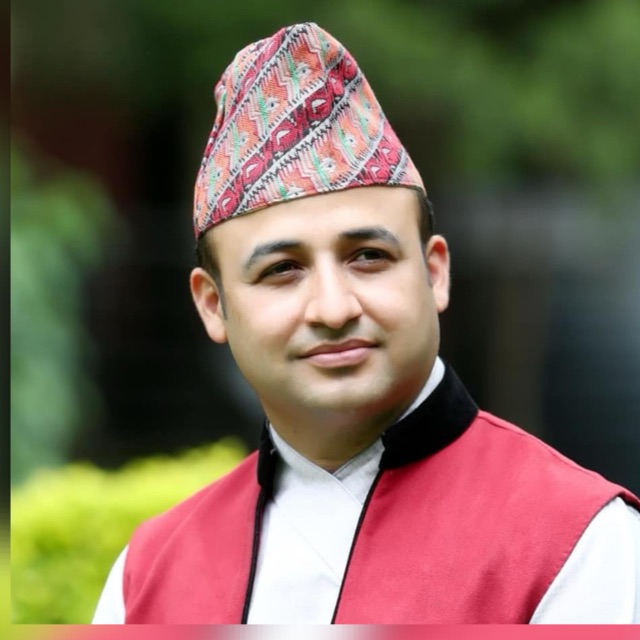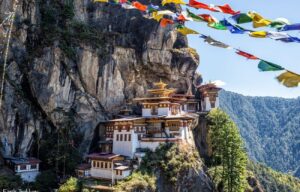
Taktsang Monastery Tour – 3 Days
- Price from US $1600
- 12 Reviews
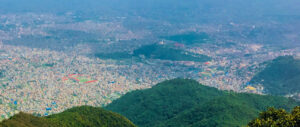
One-Day Shivapuri Hike – Kathmandu Valley
- Price from US $200
- 8 Reviews
"Experience Nepal's Himalayas with The Himalayan Treks."
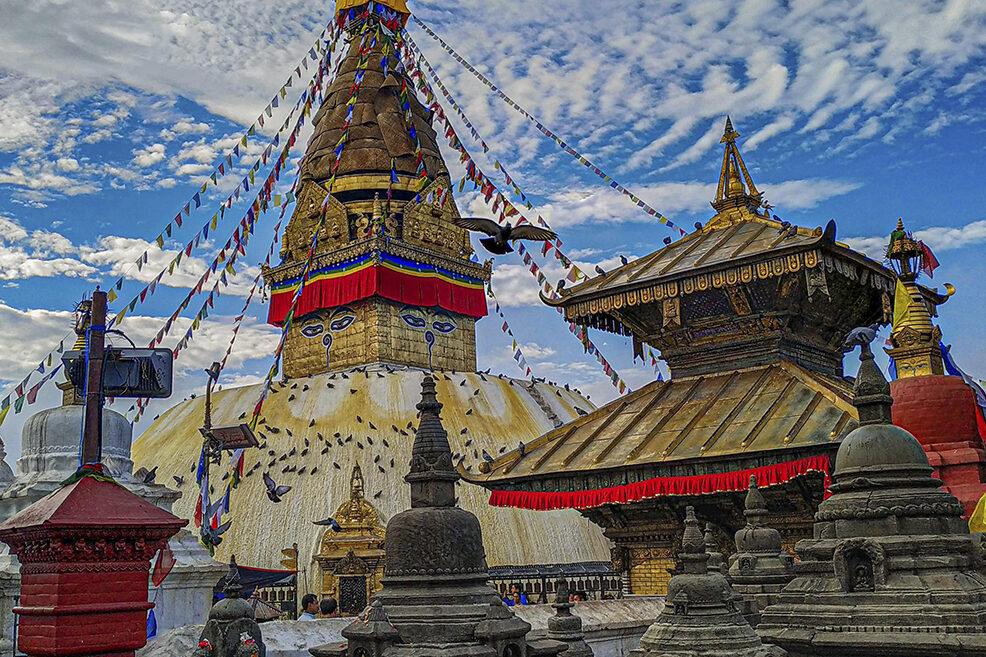
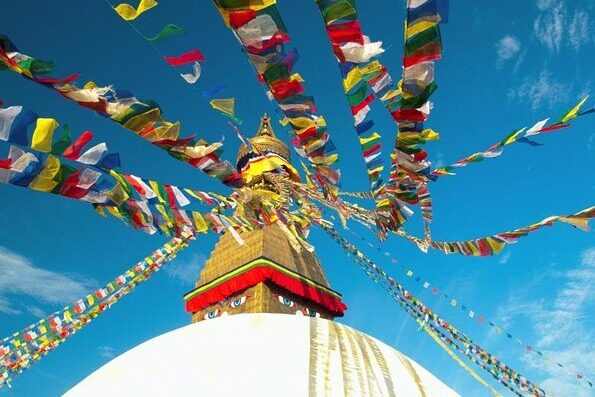
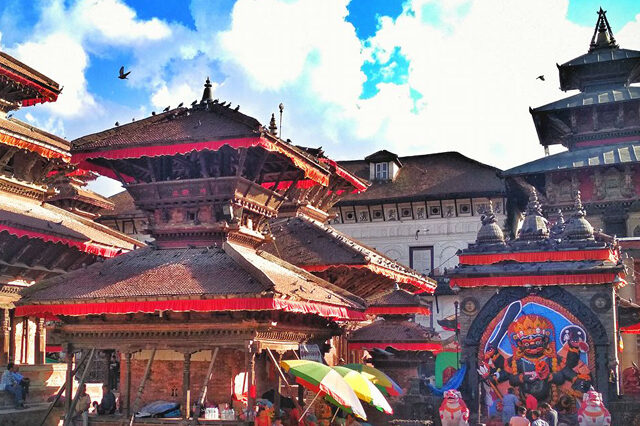
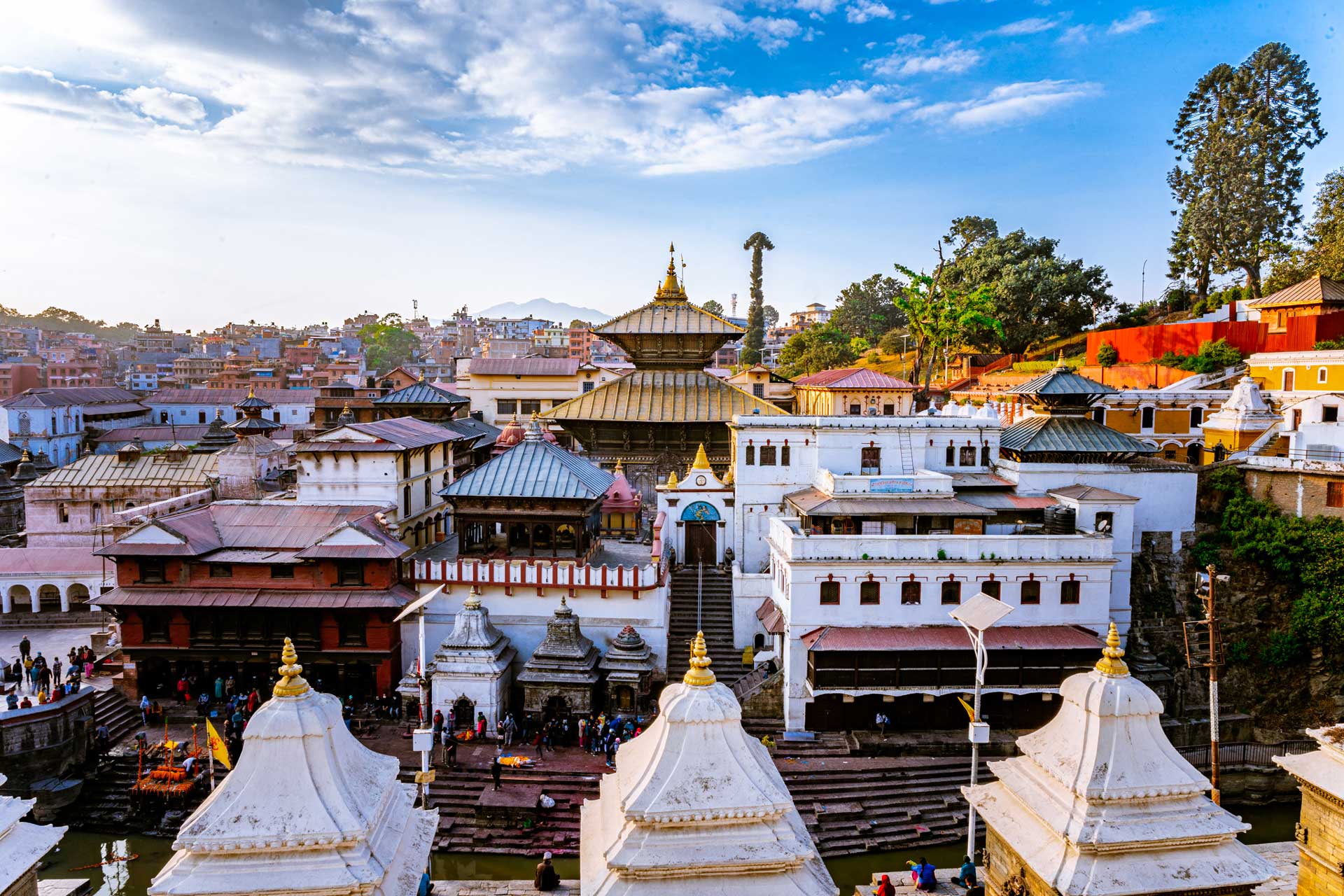
Good To Know
The One-Day UNESCO Heritage Site Tour in Kathmandu offers a rich cultural experience, exploring four of the most significant historical and spiritual sites in Nepal. This tour is perfect for travelers who are short on time but want to immerse themselves in the cultural heart of Kathmandu. You’ll visit Pashupatinath, a sacred Hindu temple complex; Boudhanath, one of the largest stupas in the world; Kathmandu Durbar Square, the historical seat of Nepal’s royalty; and Swayambhunath, an ancient stupa perched on a hilltop with panoramic views of the city. Each site provides a unique glimpse into Nepal’s diverse religious and cultural heritage.
No. of Pax |
Cost (per person) |
1 Pax |
$ 150 |
2 Pax |
$ 125 |
3-5 Pax |
$ 115 |
6-10 Pax |
$ 90 |
11-16 Pax |
$ 80 |
Morning: Pashupatinath Temple and Boudhanath Stupa
Your day begins early with a visit to Pashupatinath Temple, the most sacred Hindu temple in Nepal. Located on the banks of the Bagmati River, Pashupatinath is a sprawling complex of shrines, temples, and ghats. This UNESCO World Heritage Site is one of the four most important religious sites in Asia for devotees of Shiva. As you walk through the temple grounds, you’ll witness a variety of religious rituals, including cremation ceremonies along the riverbank. Your guide will provide insights into the significance of these rituals and the temple’s history.
After exploring Pashupatinath, you’ll head to Boudhanath Stupa, one of the largest stupas in the world and a key pilgrimage site for Tibetan Buddhists. The massive mandala makes Boudhanath one of the largest spherical stupas in Nepal. As you walk around the stupa, spinning the prayer wheels, you’ll be enveloped in the peaceful ambiance of this spiritual hub. You may also visit nearby monasteries where you can observe monks in prayer or engage in a moment of quiet reflection.
Lunch Break
Enjoy a traditional Nepali lunch at a local restaurant near Boudhanath. Savor dishes like dal bhat (lentil soup with rice), momo (dumplings), or other local delicacies. The lunch break provides an opportunity to rest and rejuvenate before continuing your exploration of Kathmandu’s heritage sites.
Afternoon: Kathmandu Durbar Square and Swayambhunath (Monkey Temple)
After lunch, you’ll visit Kathmandu Durbar Square, the historical seat of Nepalese royalty. This ancient square, filled with palaces, courtyards, and temples, was once the residence of the Malla kings who ruled over the Kathmandu Valley. As you explore the square, you’ll see the Hanuman Dhoka Palace, the Kumari Ghar (home of the living goddess), and numerous temples with intricate wooden carvings. Your guide will share stories of Nepal’s royal history and the legends that surround these structures, providing a deeper understanding of Kathmandu’s cultural heritage.
The final stop of your tour is Swayambhunath, also known as the Monkey Temple due to the large population of monkeys that inhabit the area. Swayambhunath is one of the oldest religious sites in Nepal, with a history that dates back more than 2,500 years. The stupa sits atop a hill, offering panoramic views of the Kathmandu Valley. The climb up the 365 steps to the stupa is rewarded with a sense of peace and spirituality, as well as stunning views. The stupa itself is surrounded by smaller shrines and temples, adorned with colorful prayer flags. Spend some time soaking in the views and the spiritual atmosphere before descending the hill.
Evening: Return to Hotel
After a full day of exploration, you will be driven back to your hotel in Kathmandu. Reflect on the day’s experiences and the rich cultural heritage you have encountered. The tour concludes in the late afternoon or early evening, leaving you with time to relax or explore more of Kathmandu on your own.
Private & Group Discount Price
The Nepal Luxury Escape tour typically lasts between 8 to 10 hours each day, depending on the pace of exploration and traffic conditions. This duration allows ample time for both leisurely sightseeing and immersive cultural experiences. However, the exact timing may vary based on the itinerary for the day, and adjustments can be made to accommodate your preferences and pace, ensuring a relaxed and enjoyable experience.
The tour involves a moderate level of physical activity, including walking and climbing stairs, particularly at sites like Swayambhunath (the Monkey Temple) and Pumdikot Shiva Temple. Participants should be in good health and have a reasonable level of fitness to comfortably enjoy the tour. If you have any mobility concerns or specific physical limitations, please inform us in advance so we can tailor the itinerary to suit your needs, possibly by providing alternatives or minimizing strenuous activities.
Modest clothing is strongly recommended, particularly when visiting religious sites such as temples and stupas. Both men and women should ensure that their shoulders and knees are covered out of respect for local customs and religious practices. Light, breathable fabrics are advisable in the warmer months, while layering is recommended for cooler mornings and evenings. For those planning to visit temples, it’s a good idea to carry a scarf or shawl that can be used to cover up as needed.
Kathmandu’s weather can vary significantly depending on the time of year. Spring and autumn offer mild and pleasant conditions, making them the ideal seasons for travel. During these times, light clothing and a warm layer for the early mornings and evenings are usually sufficient. In the monsoon season (June to August), it’s advisable to carry an umbrella or rain jacket due to frequent rains, while the winter months (December to February) may require warmer clothing, particularly in the mornings and evenings. We recommend checking the weather forecast before your trip to pack accordingly and ensure a comfortable experience.
Photography is generally allowed at all the sites you will visit, offering plenty of opportunities to capture the stunning landscapes, architecture, and cultural moments. However, it’s important to be respectful, especially during religious ceremonies or when photographing local people. Always ask for permission before taking photos of individuals, particularly monks, or during sacred rituals. In some temples, photography inside the main shrine or near religious statues may be restricted, and your guide will advise you on the appropriate etiquette.
The tour is conducted in English by knowledgeable local guides who are fluent in the language and well-versed in Nepal’s history, culture, and traditions. If you prefer, guides fluent in other languages, such as French, German, Spanish, Chinese, or Japanese, can be arranged upon request. Please notify us in advance if you require a guide who speaks a language other than English so we can make the necessary arrangements.
Nepal is a country rich in tradition, culture, and religious practices, and visitors are encouraged to show respect for local customs. When visiting temples and other sacred sites, it is customary to remove your shoes before entering. You should also avoid touching religious objects or statues unless invited to do so by a local or guide. Engaging with locals in a respectful manner, being mindful of local customs, and observing quietness in sacred spaces will greatly enhance your experience and ensure you are welcomed warmly by the communities you visit.
Your health and safety are our top priorities during the tour. We recommend carrying hand sanitizer, wearing comfortable walking shoes, and staying hydrated throughout the day. While the tour is generally safe, being mindful of your belongings, particularly in crowded areas like markets or popular tourist sites, is advisable. We also suggest carrying any personal medications, including those for altitude sickness if you plan to visit higher elevations like Nagarkot or Sarangkot. Emergency contact information will be provided, and your guide is trained in basic first aid.
While the Nepal Luxury Escape tour is designed to be accessible to most travelers, some sites may pose challenges for those with mobility issues due to stairs, uneven terrain, and limited facilities. For example, sites like Swayambhunath involve climbing a significant number of stairs. If you have any mobility concerns, please inform us in advance so we can adjust the itinerary, perhaps by providing alternative routes or transportation options that minimize physical strain.
Advance booking is highly recommended, particularly during peak tourist seasons such as spring (March to May) and autumn (September to November). This ensures that we can secure your preferred accommodations and tailor the itinerary to your specific interests. The tour can be customized based on your preferences, including adjustments to the pace, inclusion of additional activities, or modifications to better suit your travel style. Please provide any special requests or requirements at the time of booking so that we can create a seamless and personalized experience for you.
The tour typically lasts about 8-10 hours, depending on the pace of exploration and traffic conditions in Kathmandu.
The tour usually starts around 8:00 AM, but the start time can be adjusted based on your preference and convenience.
Yes, the tour is suitable for all ages. However, it involves some walking and climbing stairs, especially at Swayambhunath, which may be challenging for very young children or elderly participants.
A moderate level of fitness is recommended as the tour involves walking and climbing stairs, particularly at Swayambhunath (Monkey Temple). However, the pace of the tour can be adjusted to suit the group’s needs.
Modest clothing is recommended, especially when visiting religious sites. Both men and women should cover their shoulders and knees. Comfortable walking shoes are also advisable as the tour involves a fair amount of walking.
Yes, the tour includes a traditional Nepali lunch at a local restaurant near Boudhanath. Bottled water is also provided throughout the day.
Yes, all entrance fees to Pashupatinath, Boudhanath, Kathmandu Durbar Square, and Swayambhunath are included in the tour package.
Yes, an experienced, English-speaking guide will accompany you throughout the tour. The guide is knowledgeable about the history, culture, and significance of each site.
Yes, the tour can be customized based on your interests and time constraints. You can discuss any specific requests with the tour operator at the time of booking.
Yes, private transportation in an air-conditioned vehicle is provided for the entire day. The driver is professional and familiar with the local routes.
The tour can be enjoyed year-round, but the best time is during the spring (March to May) and autumn (September to November) when the weather is pleasant and visibility is good.
The tour will proceed as planned in light rain, but it is recommended to carry an umbrella or rain jacket. In case of severe weather, the tour operator may suggest rescheduling.
Yes, photography is allowed at all the sites. However, it is important to be respectful, especially during religious ceremonies, and ask for permission before photographing individuals.
Bring a hat, sunglasses, sunscreen, a camera, and any personal items you may need during the day. It’s also advisable to carry a small amount of cash for personal expenses or souvenirs.
The tour may be challenging for those with mobility issues due to stairs and uneven terrain at some sites, particularly at Swayambhunath. It’s advisable to discuss accessibility needs with the tour operator in advance.
Yes, solo travelers are welcome to join the tour. The tour can be private or you may join a small group, depending on your preference.
You can book the tour through the our website, via email, or by phone. It is recommended to book in advance, especially during peak tourist seasons.
Personal expenses, tips for the guide and driver, and any additional activities or visits not mentioned in the itinerary are not covered by the tour package.
Tipping is not mandatory but is appreciated if you feel the guide and driver provided excellent service. A small tip is a kind gesture to show your appreciation.
